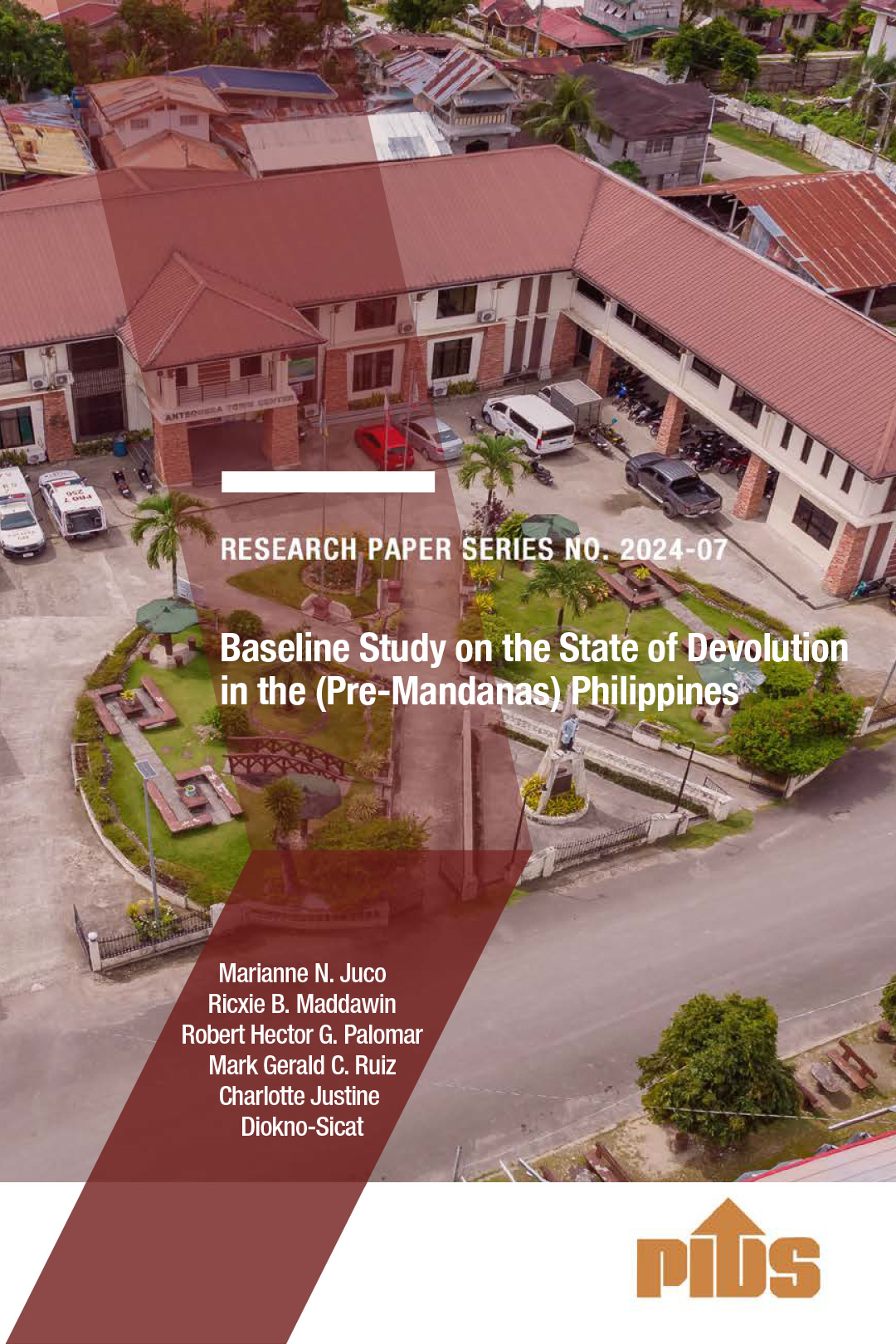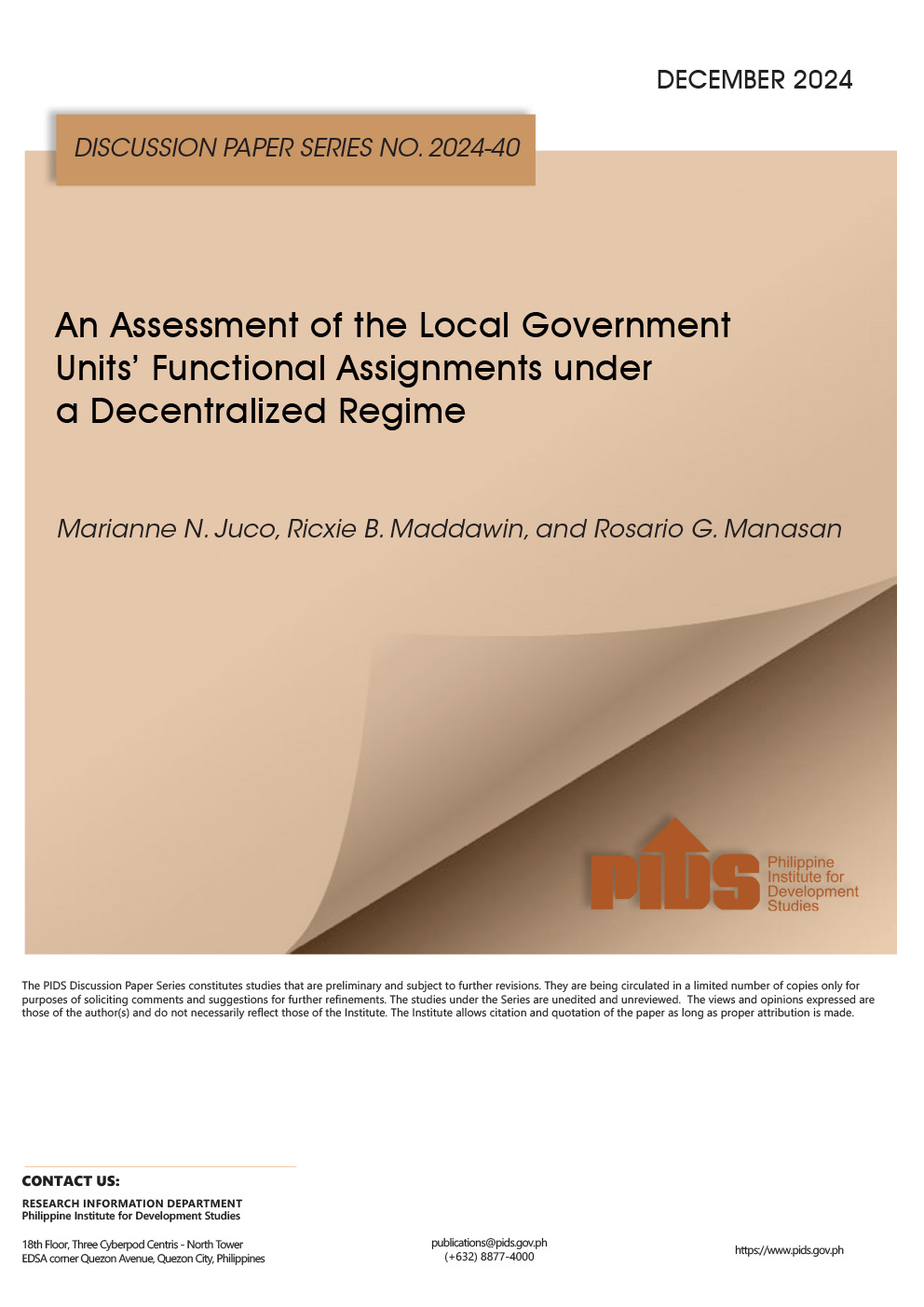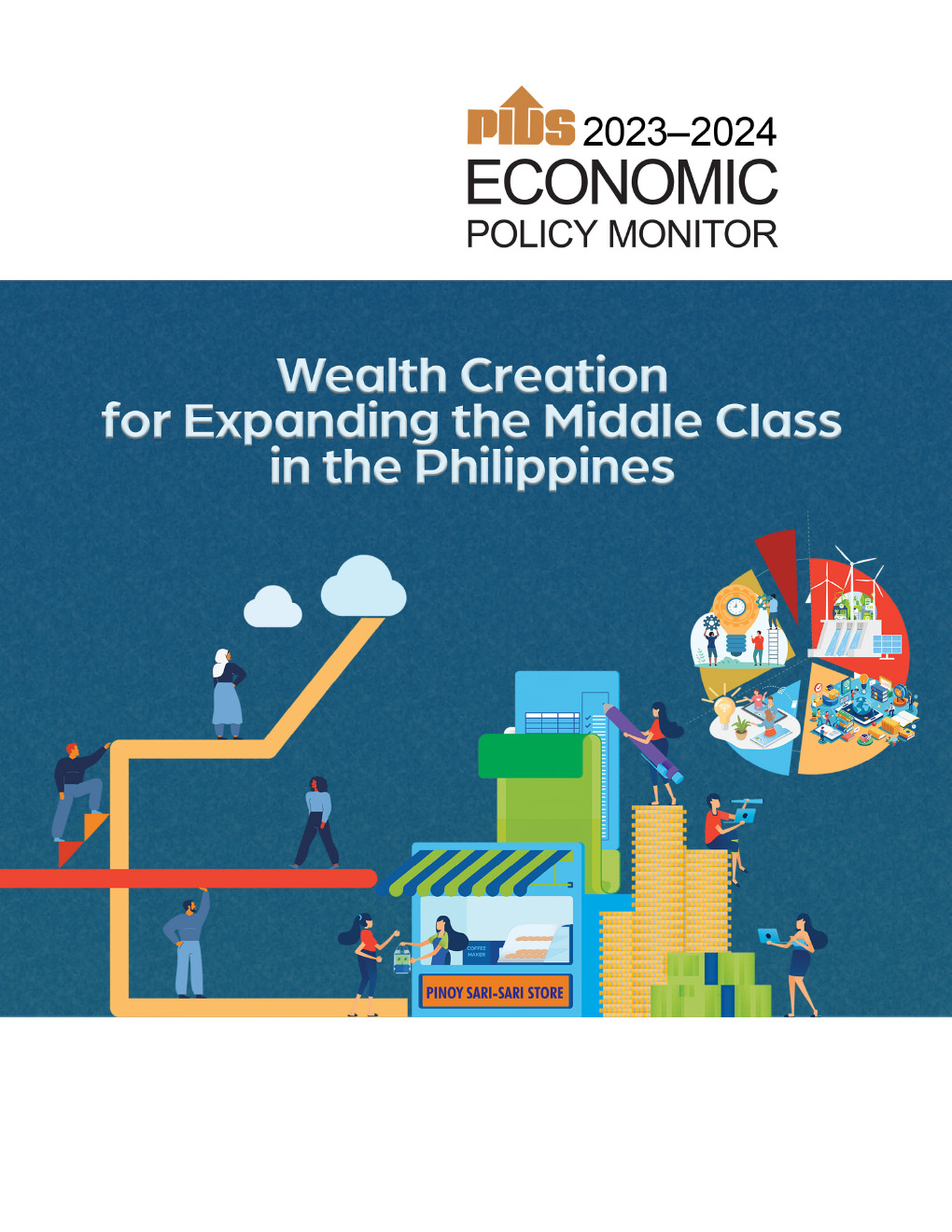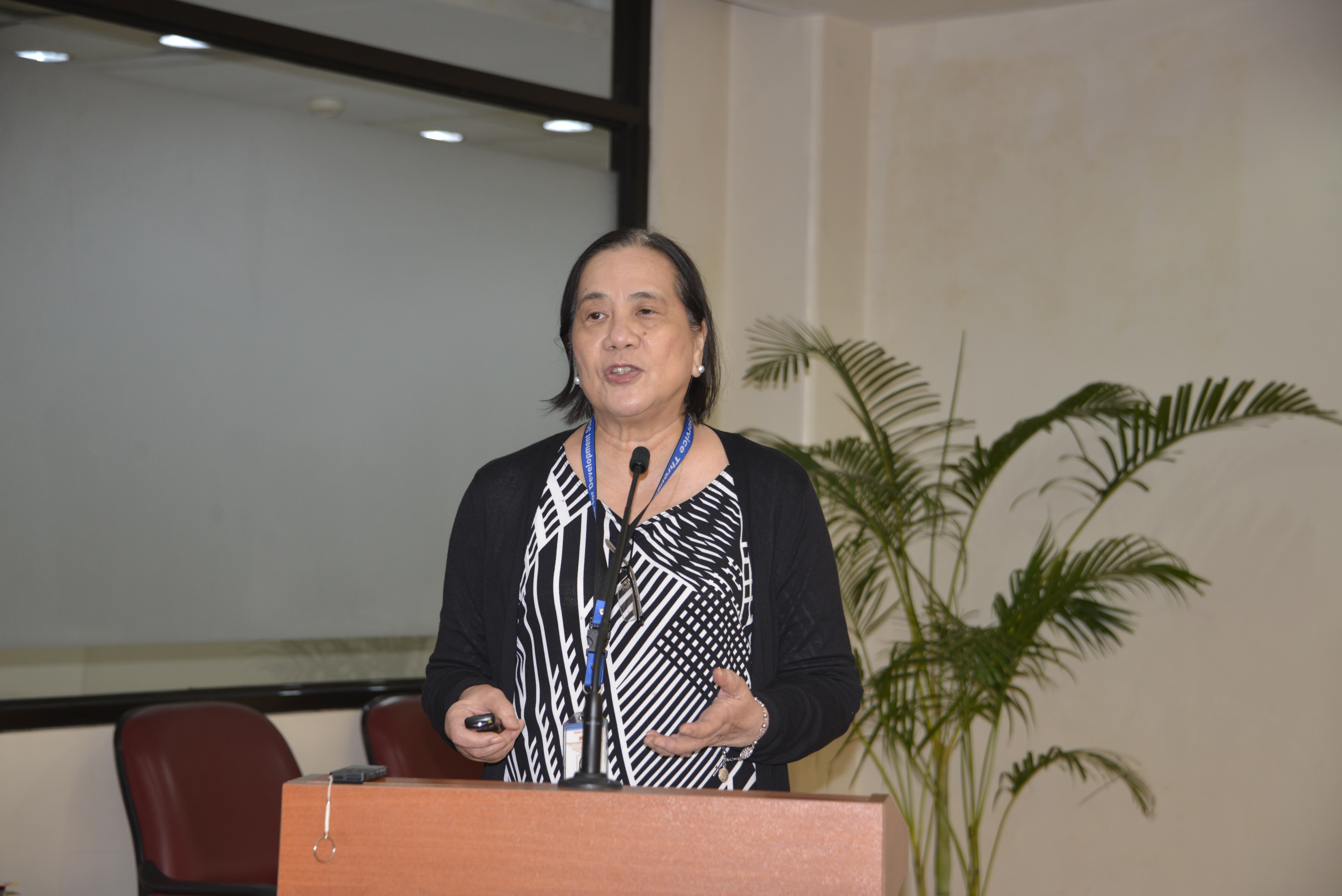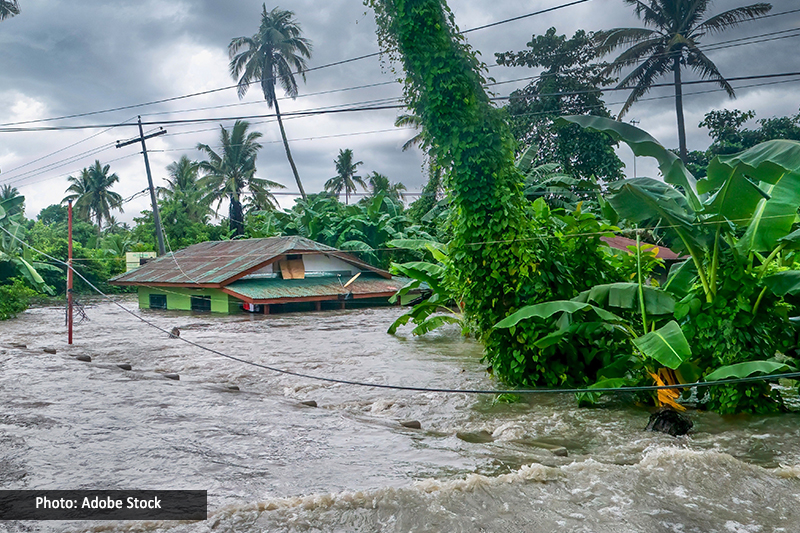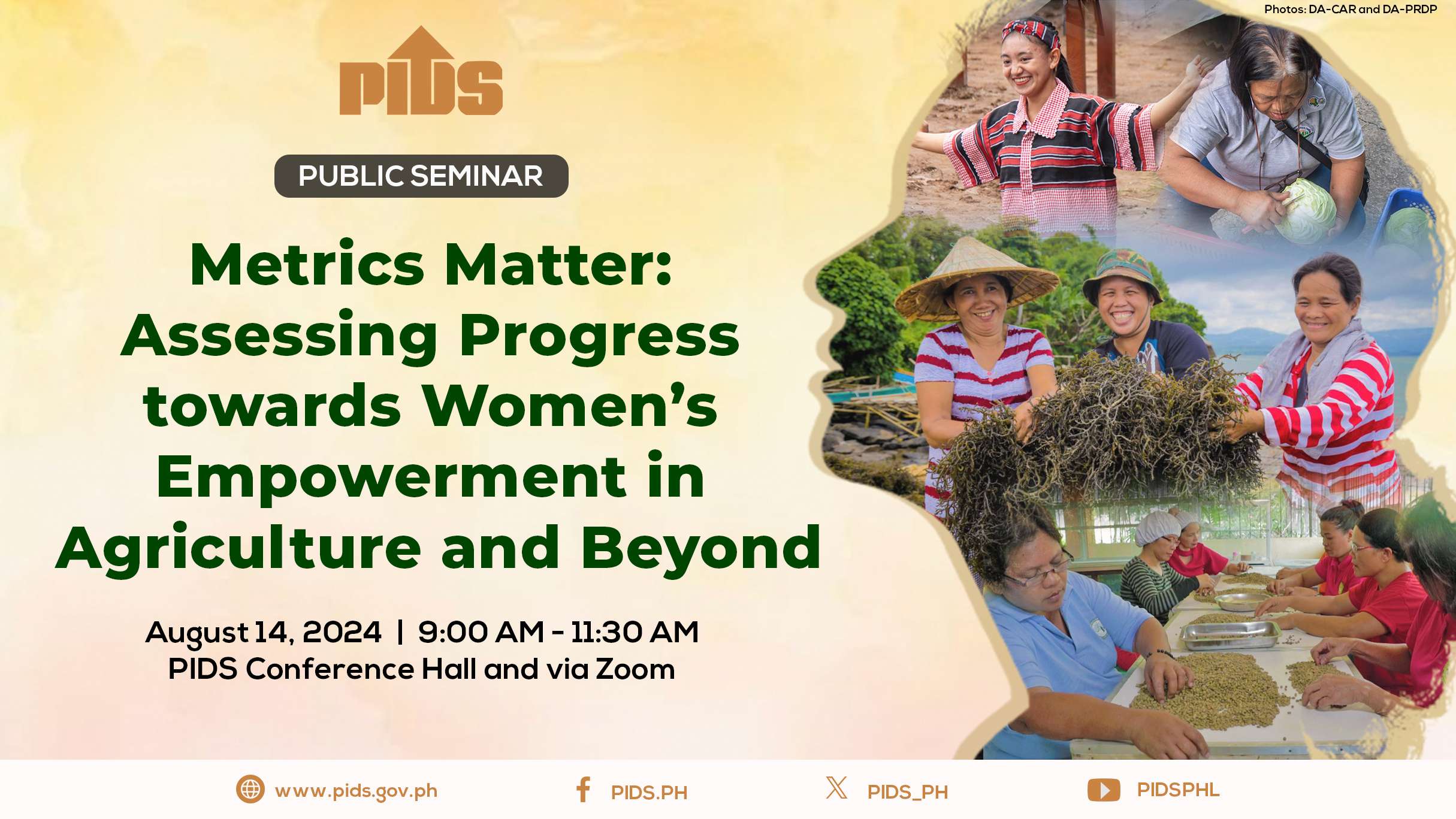During the day, cranes atop unfinished skyscrapers cast long shadows over the concrete jungle that is Bonifacio Global City (BGC). By nightfall, they help illuminate the starless night sky of Metro Manila. These same skyscrapers also serve as a reminder of the glaring reality that progress has yet to reach rural Philippines.
The 24/7 work that is currently ongoing in places like BGC is proof that the Philippines has achieved unquestionable economic success in the past few years.
The past eight quarters has seen economic growth shoot up to above 6 percent. In 2017, even without election spending, the economy grew an average of 6.7 percent. This is no small feat considering the Philippine economy has always been dependent on elections to boost GDP.
The country’s average poverty incidence has also declined significantly. In 2015 the country’s poverty rate declined to 21.6 percent, from 25.2 percent in 2015; 26.3 percent in 2009; and 26.6 percent in 2006.
While this is impressive, economists believe the Philippines continues to experience challenges in terms of achieving inclusive economic growth.
Former Socioeconomic Planning Secretary Cielito F. Habito said the reason for this could easily be due to the fact that economic growth in the Philippines remains unequal, especially among regions.
“One aspect of inclusiveness moves in the wrong direction and that is the geographic inclusiveness of economic growth. I now say that we are even more Manila- and Luzon-centric,” Habito said.
Imperial Manila
In its Inclusive Growth and Development Report 2018, World Economic Forum (WEF) said the Philippines ranked 30th among 74 developing economies. The country lagged behind its counterparts in the Association of Southeast Asian Nations.
The country had a score of 3.83 for 2018 and an average of 2.4 in the past five years out of a perfect score of 7. The country’s ranking this year was an improvement from 2017’s 40th out of 79 economies.
WEF explained that the Inclusive Development Index (IDI) is an annual assessment that measures how 103 countries perform on 11 dimensions of economic progress in addition to GDP.
It has three pillars: growth and development; inclusion; and intergenerational equity—sustainable stewardship of natural and financial resources.
In terms of indicators, the Philippines ranked in the bottom 20 percent of the index in net- income gross national income (GNI) and wealth Gini or inequality and bottom 40 percent in healthy life expectancy, poverty incidence, median income and dependency ratio.
Net-income GNI measures the extent to which the net distribution of income (that is, post-tax, posttransfers), among individuals or households within an economy deviates from a perfectly equal distribution, while wealth Gini measures differences in income distribution.
Healthy life expectancy, meanwhile, is the average number of years that a person can expect to live in “full health” by taking into account years lived in less than full health due to disease and/or injury, while poverty rate is the percentage of the population living on less than $3.20 a day at 2011 international prices.
The WEF also explained that the median income is the median of daily per capita income/consumption expenditure in 2011 purchasing power parity dollar, while the dependency ratio is the ratio of dependents, people younger than 15 or older than 64 years of age, to the working-age population, those aged 15 to 64 years old.
This data of the WEF is not far from the Philippine Statistics Authority data obtained from the 2015 Family Income and Expenditure Survey. Data showed that for every peso earned by a poor Filipino, the rich raked in nearly P10.
Data showed the average per capita income of the poorest 10 percent of Filipinos is P61,000 a year. The richest 10 percent, meanwhile, earn P556,000 on average.
This is crucial given that in terms of magnitude, there are more poor Filipinos in the Visayas and Mindanao than in Luzon. Data showed 2.49 million poor Filipinos live in the Visayas and Mindanao and only 1.26 million live in Luzon.
Not surprisingly, the top 10 poorest provinces, in terms of families, are all in the Visayas and in Mindanao—Lanao del Sur with 66.3 percent; Sulu, 49.6 percent; Siquijor, 48.9 percent; Maguindanao, 48.8 percent; and Northern Samar, 47.9 percent.
The list also includes Saranggani with a poverty incidence of 47.3 percent; Bukidnon, 47 percent; Zamboanga del Norte, 41.1 percent; Western Samar, 39.5 percent; Sultan Kudarat, 39.2 percent; and Negros Oriental, 38.7 percent.
Habito said this is mainly because GDP growth has not been felt equally in the Philippines. Luzon’s share in the country’s GDP is at 73 percent in 2016. This share was at 66 percent in 2006 and 73 percent in 1996.
In Metro Manila, Calabarzon and Central Luzon, the share is 63 percent, while in Metro Manila alone, the share is 37 percent in 2016. In 2006 the share of the industrialized areas in Luzon was at 56 percent, while Metro Manila’s share was 33 percent.
In 1996 Habito said the share in GDP of Metro Manila, Calabarzon and Central Luzon was 53 percent. Metro Manila alone accounted for 30 percent.
“In short, Luzon and Metro Manila and the surrounding areas are again, in fact, getting a disproportionate share of our GDP or are contributing a disproportionate share, as well. [This] tells us that this tag of ‘Imperial Manila’ being used by our compatriots in Mindanao really holds water,” Habito said.
Spreading growth
As far back as the 1990s, the Philippine government has been cognizant of the elusiveness of inclusive economic growth. This was among the reasons behind the legislation of the Local Government Code (LGC) in 1991, which aimed to correct the impasse on the development front experienced by areas outside of Metro Manila.
Apart from granting autonomy to local government units (LGUs) in terms of local affairs, the LGC also advocated the devolution of services, such as health and agricultural extension, as well as the creation of the Internal Revenue Allotment (IRA).
The IRA is a subsidy provided by the national government to LGUs, especially those who have dire fiscal and development constraints. The allotment is computed based on land area and population, among others.
However, the introduction of these “novel ideas” did not help the cause of LGUs nationwide. Studies have showed that devolution suffered from the lack of funds of LGUs and many LGUs became dependent on the IRA because of the lack of own-source revenues.
The failure of the LGC has given rise to efforts pushing for the autonomy of regions, most notably the creation of the Bangsamoro Autonomous Region and the shift to a federal form of government.
The latter was part of the campaign promises of President Duterte and efforts are already underway to achieve this. As for federalism, Habito said this may not be a solution to achieving inclusive growth.
“I’ve always been a believer in decentralization and devolution. Except I always believed also that just fixing the local government code is enough,” Habito said.
The former National Economic and Development Authority chief explained that shifting to federalism may be “too financially taxing,” especially to smaller regions that may not have the capability to generate their own resources.
Habito said it is important that the design of a federal form of government be carefully studied and perused otherwise there could be no telling how this shift can affect Philippine economy.
Ateneo Center for Economic Research and Development Director Alvin P. Ang said not only will the capability of LGUs to generate resources be put into question but also the governance capacity of being able to carry out devolution accordingly.
In the study titled, “Designing the Fiscal Features of a Federal Form of Government: Autonomy and Equity,” Philippine Institute for Development Studies Senior Research Fellow Rosario G. Manasan said the fiscal gap in regions could reach as much as P1.09 trillion under federalism.
Manasan said this represents 84 percent of the total expenditure needs of subnational governments, or 57 percent of total revenues from taxes collected by the national government in 2017, or 7.5 percent of GDP.
With the increase in regional government functions, subnational governments will be hard-pressed to increase their revenues. According to Manasan’s calculations, subnational governments can only finance P213.59 billion of the total requirement of P1.3 trillion.
Manasan earlier told BusinessMirror that the computation is based on her proposed shared and exclusive functions of the federal and subnational government. The estimates specifically cover the shared functions that subnational governments need to finance under a federalist regime.
While most the exclusive functions of the subnational government are already being financed currently through the Local Government Code provisions concerning devolved services and the IRA, she said the shared functions under a federalist government may prove to be “costly.”
Shared powers in the context of subnational governments, Manasan said, include mostly the delivery of services, such as infrastructure, education and agriculture, to name a few, which have since been financed nationally.
Manasan explained that in terms of education, this includes the construction of classrooms, salary of teachers, purchase of supplies, such as textbooks, and repair and maintenance of facilities and equipment, which are currently being financed through the Department of Education.
Silver lining
Inclusive economic growth has been elusive but not impossible. This is the Philippines’s hope when it adopted the 17 Sustainable Development Goals (SDGs) in 2015.
The SDGs offer a silver lining that countries like the Philippines are committed to maximizing the gains of economic growth by achieving the “triple bottom line”—economic, social and environmental.
The SDGs is a set of 17 socioeconomic goals that 193 member-countries of the United Nations, including the Philippines, had committed to meet by 2030.
The goals are composed of around 169 targets and over 300 global indicators.
The SDGs, or Global Goals, aim to end poverty and hunger, promote universal health, education for all and lifelong learning, achieve gender equality, sustainable water management, ensure sustainable energy for all, decent work for all, resilient infrastructure and reduce income inequality between and among countries.
The goals also include creating sustainable cities, ensuring sustainable consumption and production, taking action against climate change, conserving and sustainably using oceans and marine resources, reduce biodiversity loss, achieving peaceful and inclusive societies and revitalizing global partnership for development.
However, the means by which the Philippines can achieve these goals will depend on the policies implemented by the national government. Whether federalism is the answer or not remains unclear at this point.
Nonetheless, there is hope that economic growth will reach all Filipinos, wherever they are in this 7,100-island archipelago.

